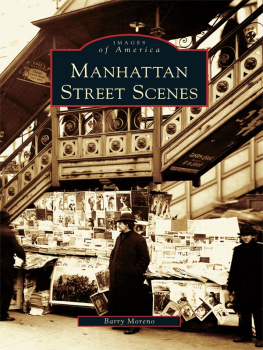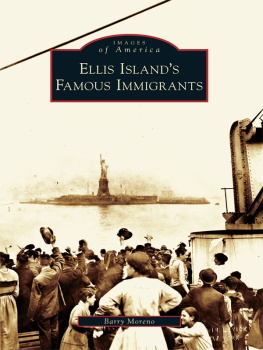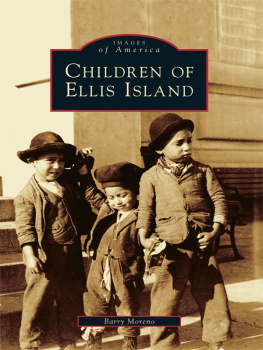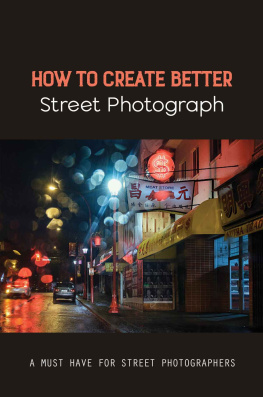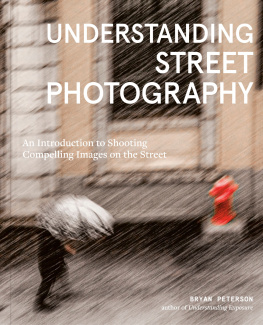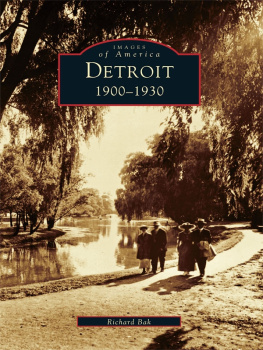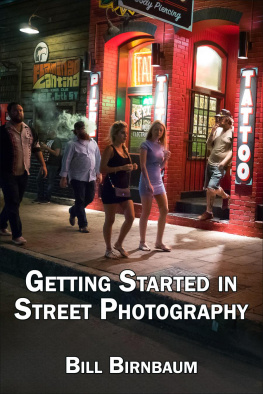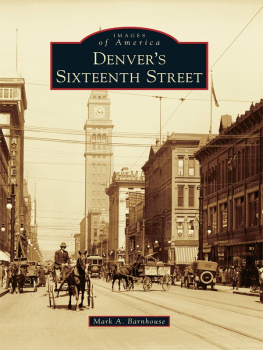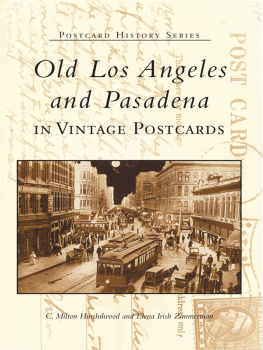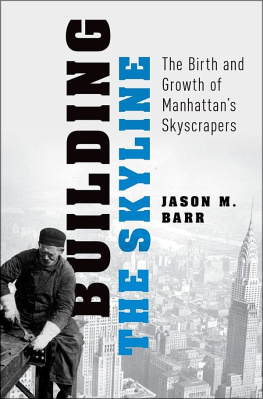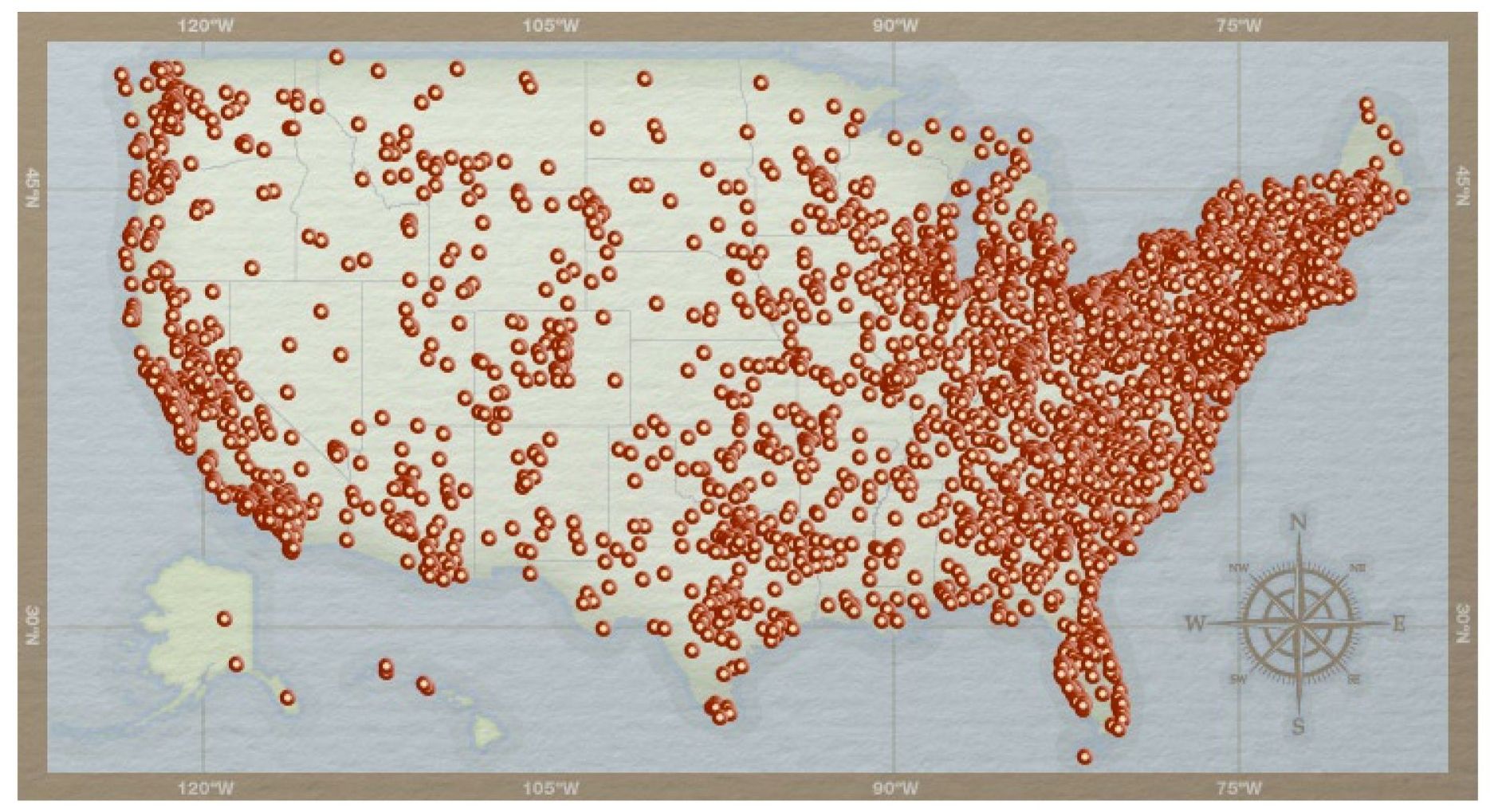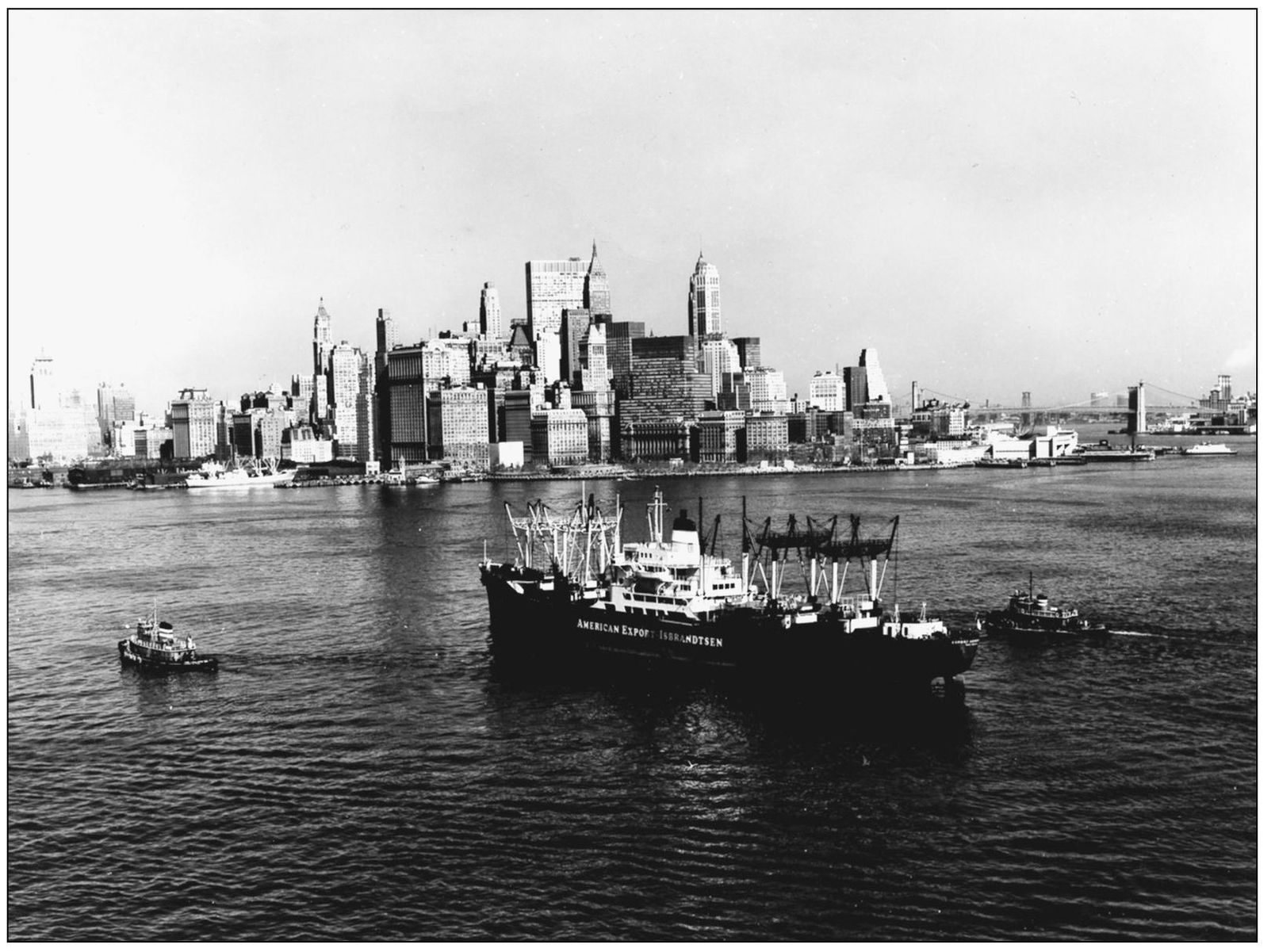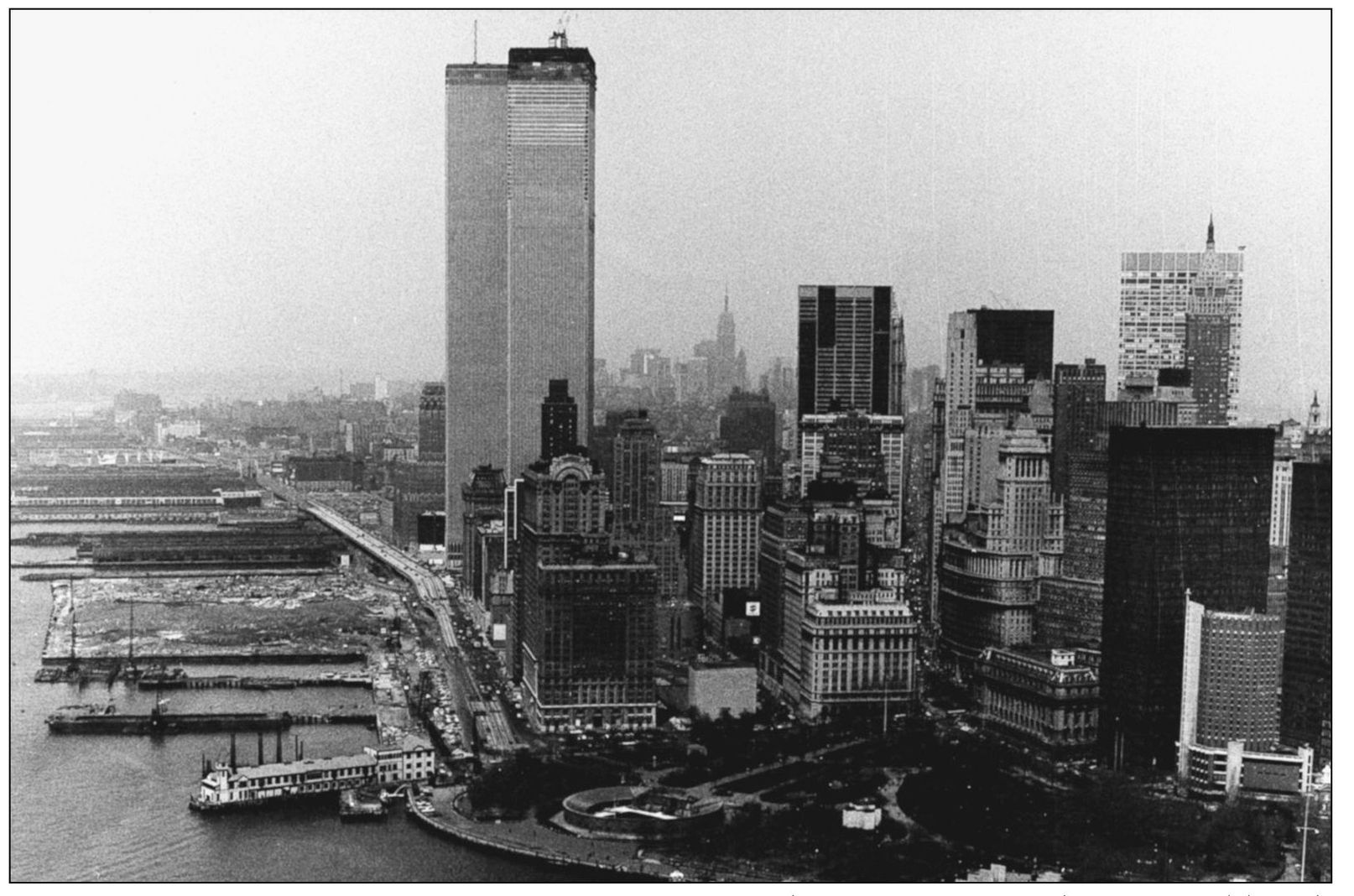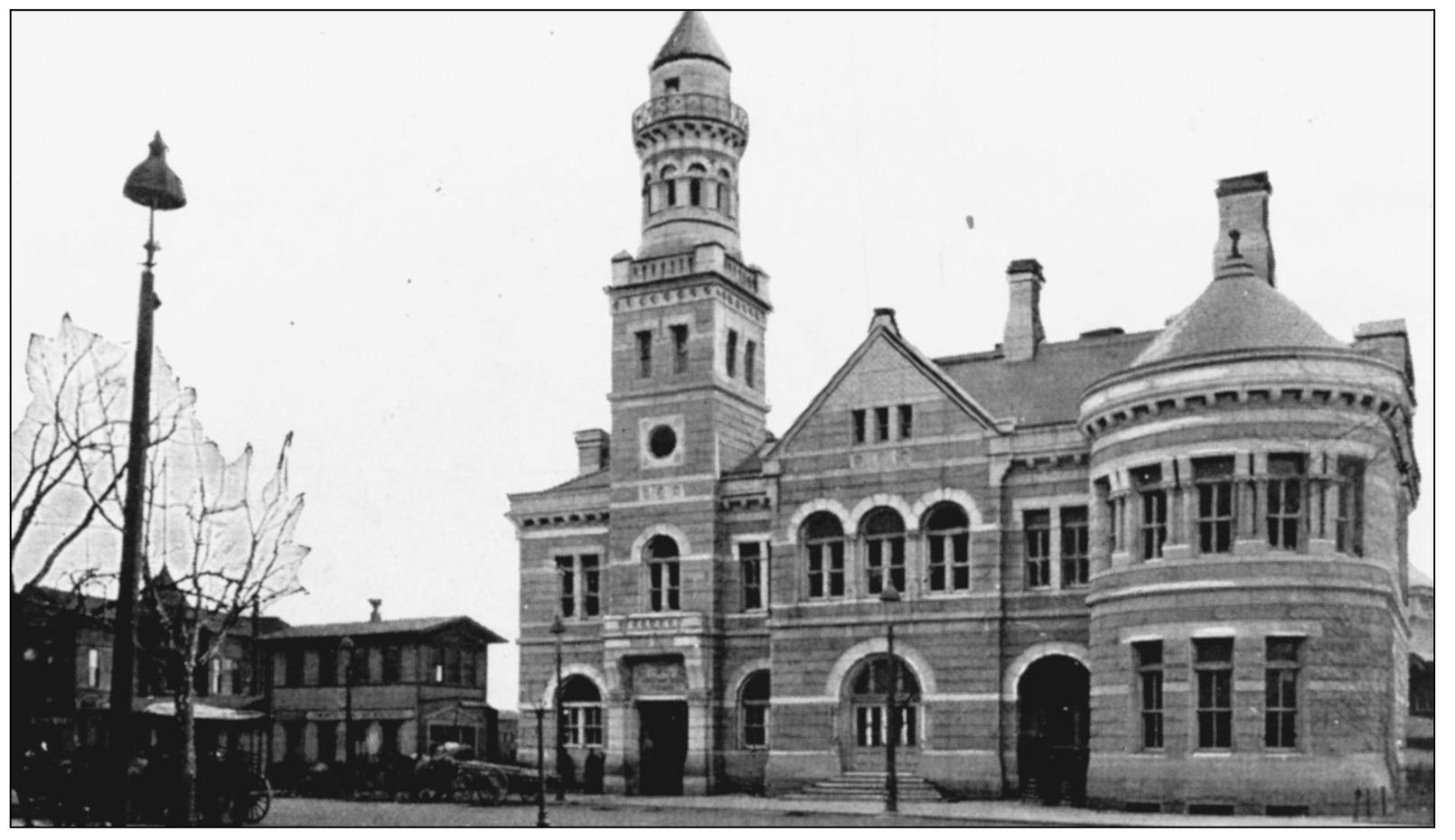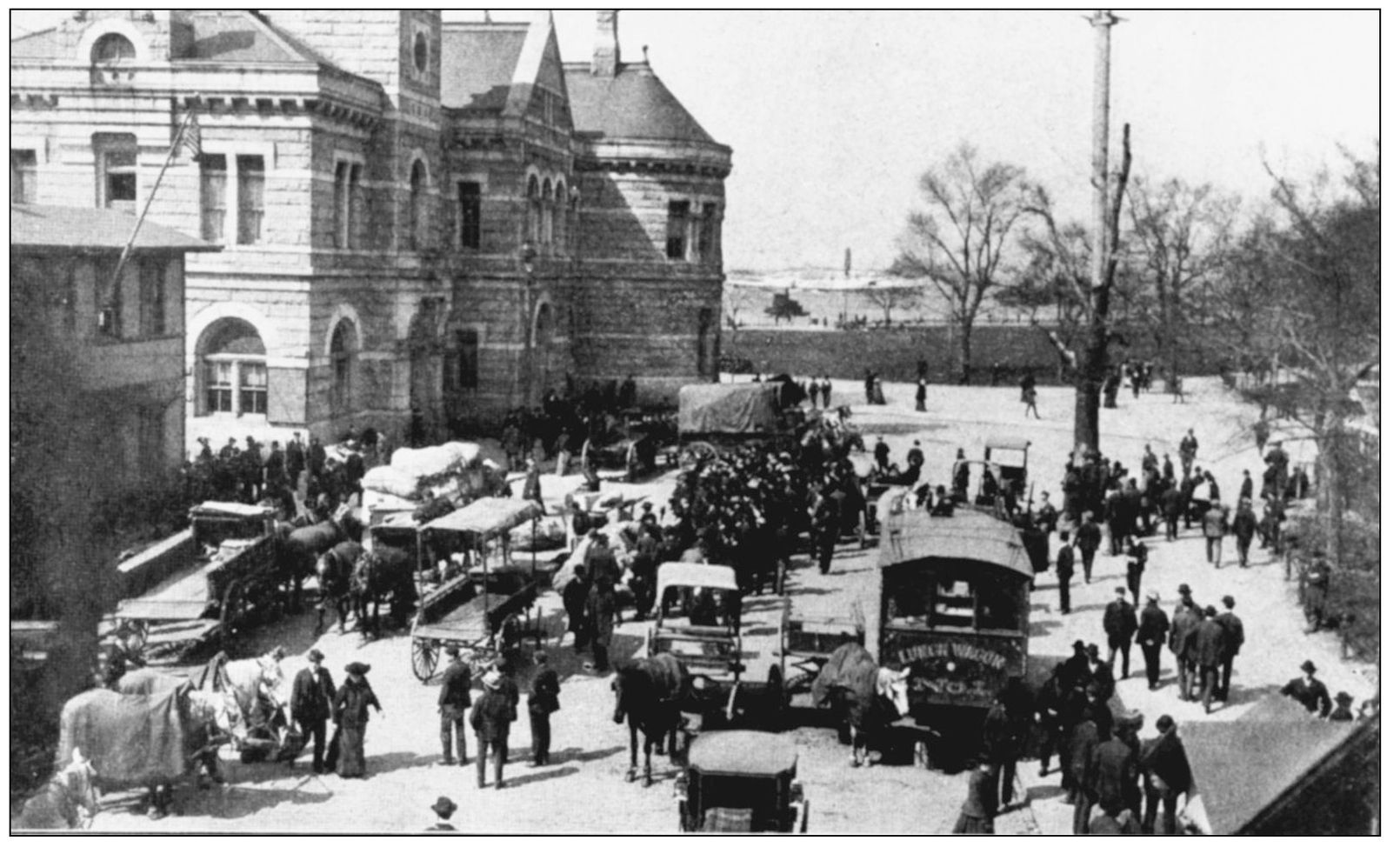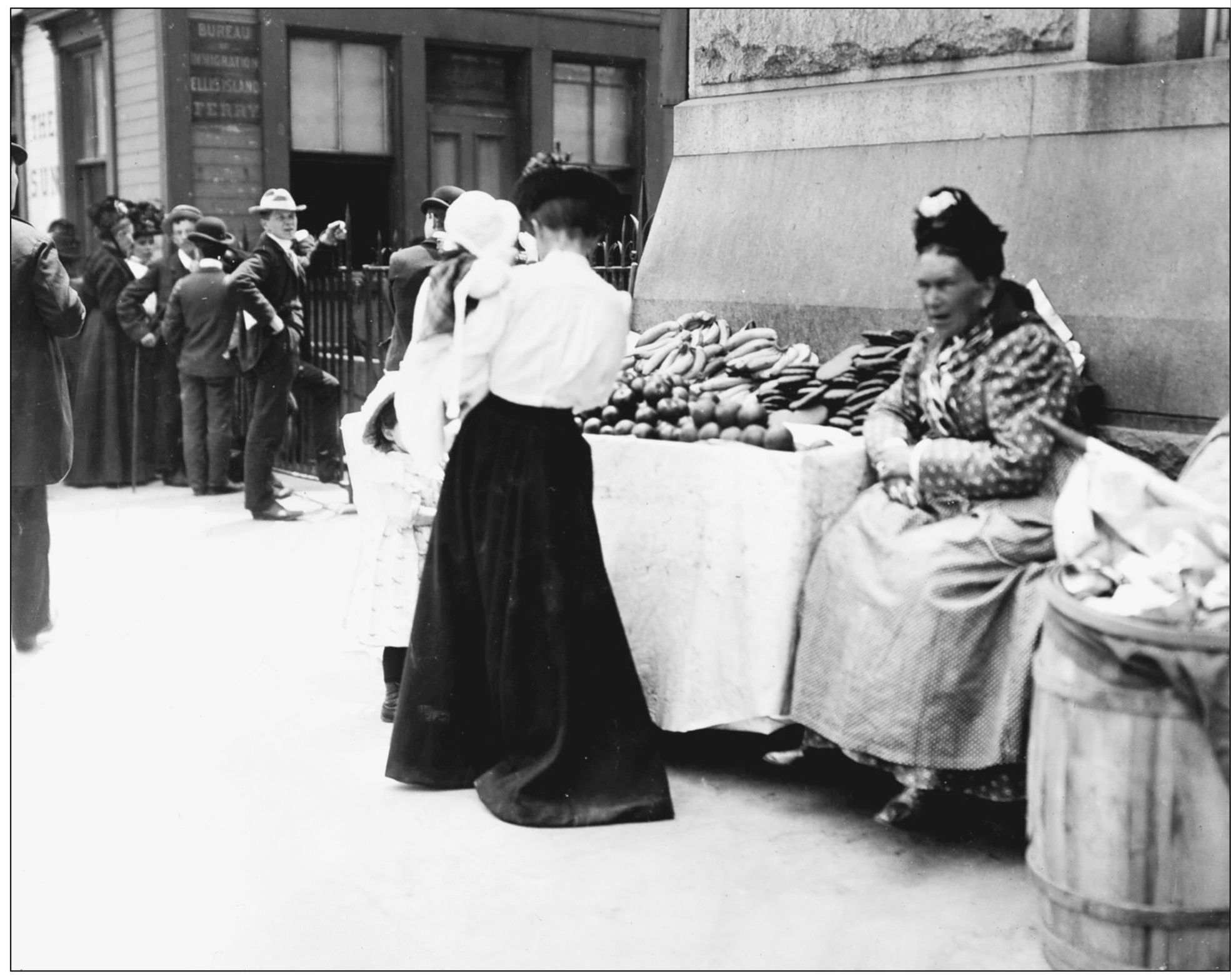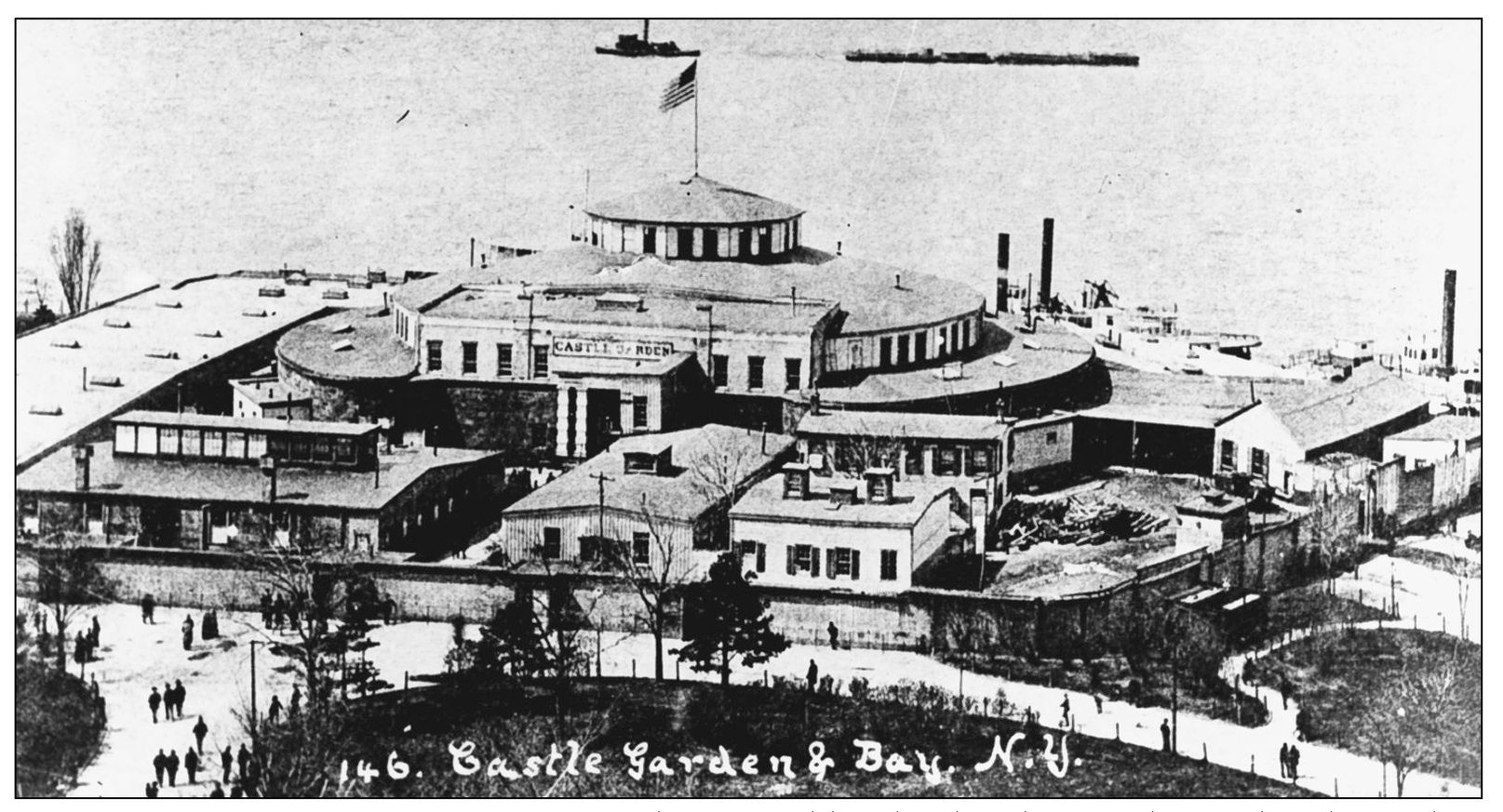ACKNOWLEDGMENTS
My thanks are due to the many who have kindly assisted me in this project, especially my editor at Arcadia Publishing, Erin Vosgien, and also proofreader Sarah Gabert. In addition, I should like to thank David H. Cassells, Irving Silberg, Deborah Falik, Richard D. Holmes, Eric Byron, Jeffrey Dosik, Charles Chick Lemonick, John Kiyasu, Marcus Smith, North Peterson, Philip Rayfield, Diana Pardue, Kevin Daley, Frank Mills, George Tselos, Janet Levine, Sydney Onikul, Doug Tarr, Ken Glasgow, Judith Giuriceo-Lord, Paul Roper, David Diakow, David McCutcheon, Catherine Daly, Douglas Treem, Don Fiorino, Isabel Belarsky, Jose Valencia, Kathleen Donovan, George Gordon, George Hennessey, Mario Torricella, Jacob Auerbach, Emelise Aleandri, Wiley Steve Thornton, Michael Schrader, Edward Harrington, the late Arthur Tracy, and Neil Clementson. These and numerous others have generously shared with me their knowledge of Manhattan.
BIBLIOGRAPHY
Corbett, Ruth. Daddy Danced the Charleston: A Nostalgic Remembrance of Our Yesterdays . New York: A. S. Barnes and Company, 1970.
Drowne, Kathleen, and Patrick Huber. The 1920s: American Popular Culture through History . Westport, CT: Greenwood Press, 2004.
Erenberg, Lewis A. Steppin Out: New York Nightlife and the Transformation of American Culture, 18901930 . Chicago: University of Chicago Press, 1981.
Gilder, Rodman. The Battery . Boston: Houghton Mifflin, 1936.
Homberger, Eric. The Historical Atlas of New York City: A Visual Celebration of Nearly Four Hundred Years of New York Citys History . New York: Henry Holt and Company, 1994.
Jackson, Kenneth T., editor. The Encyclopedia of New York City . New Haven, CT: Yale University Press, 1995.
Lankevich, George J., and Howard B. Furer. A Brief History of New York City . New York: Associated Faculty Press, 1984.
Lardner, James, and Thomas Reppetto. NYPD: A City and Its Police . New York: Henry Holt and Company, 2000.
Marcuse, Maxwell F. This was New York: A Nostalgic Picture of Gotham in the Gaslight Era . New York: Carlton Press, 1965.
Morand, Paul. New York . New York: Henry Holt and Company, 1930.
Riesenberg, Felix, and Alexander Alland. A Portrait of New York . New York: Macmillan, 1939.
Tauranac, John. Manhattan Block by Block . New York: Tauranac Maps, 2000.
Van Hoogstraten, Nicholas. Lost Broadway Theatres . New York: Princeton Architectural Press, 1997.
Find more books like this at
www.imagesofamerica.com
Search for your hometown history, your old
stomping grounds, and even your favorite sports team.
One
BUILDINGS AND LANDMARKS
NEW YORK HARBOR. The most memorable entrance to Manhattan has always been its magnificent harbor. Years ago, its preeminence in the field of international shipping made this port the chief entranceway to the United States from overseas. (National Park Service.)
MANHATTAN FROM THE AIR. Taken in December 1961, this picture shows the layout of the streets of Manhattan Island; it also provides a wonderful view of the inner harbor, Governors Island, the Brooklyn Marine Terminal, nearby docks, the East River, the Brooklyn Bridge, and, on the upper left, the Hudson River and a portion of Hoboken, New Jersey. (Port of New York Authority.)
AN AERIAL VIEW OF BATTERY PARK AND LOWER MANHATTAN. This view of some of the streets and buildings on the west side of lower Manhattan was taken in the late 1950s. (The New York Times.)
WEST SIDE PIERS AND THE WORLD TRADE CENTER. This picture is from the 1970s. Although the newly constructed World Trade Center visually dominated the scene, the older buildings and streets of lower Manhattan tell a richer story. (National Park Service.)
THE BARGE OFFICE: GATEWAY TO MANHATTAN. Constructed by the U.S. Department of the Treasury in 1882, the Barge Office stood at the bottom of Battery Park and was the landing place of immigrants just released from Ellis Island, from 1892 to 1911. It also served as a temporary federal immigrant inspection station from 1890 to 1892 and from 1897 to 1900. During most of the Ellis Island years, it was used as office space for officers of the Customs Service, for inspectors of the Bureau of Immigration, and for a team of Marine Hospital Service surgeons attached to the Bureau of Immigration. It was demolished in 1911. (National Park Service.)
THE BARGE OFFICE AND THE BATTERY. Here newly landed aliens just released from Ellis Island congregate in front of the Barge Office. The space between the Barge Office and another building, through which people are exiting, gave access to the Ellis Island ferry. This picture dates from around 1906. (National Park Service.)
JANE NOONAN. This street scene shows 70-year-old Jane Noonan, an Irish immigrant who sold apples in front of the Barge Office. This picture shows her fruit stand as it appeared in 1900, when it stood in front of the Barge Office, near the entrance to the Ellis Island ferry. Years before, she had sold her fruit inside of the Castle Garden Immigrant Station. In 1906, the U.S. Department of the Treasury forced Noonan to move her trade elsewhere.
CASTLE GARDEN IN 1888. One of Manhattans oldest landmarks, Castle Garden, located in Battery Park, was originally built as a fortress. After being closed by the military in 1823, it became a public events center and, in 1839, a concert hall. During these years, colorful events were held there, including formal receptions for Frances Marquis de Lafayette (1824) and U.S. presidents Andrew Jackson (1833), John Tyler (1841), and James K. Polk (1847). The picture shows the castle at the time that it was the New York State Emigrant Depot. After having served as the nations first immigrant landing station (18551890), it then became the very first city aquarium in the country (18961941). In 1950, Pres. Harry S. Truman proclaimed it a national monument under its old military name, Castle Clinton. (National Park Service.)

